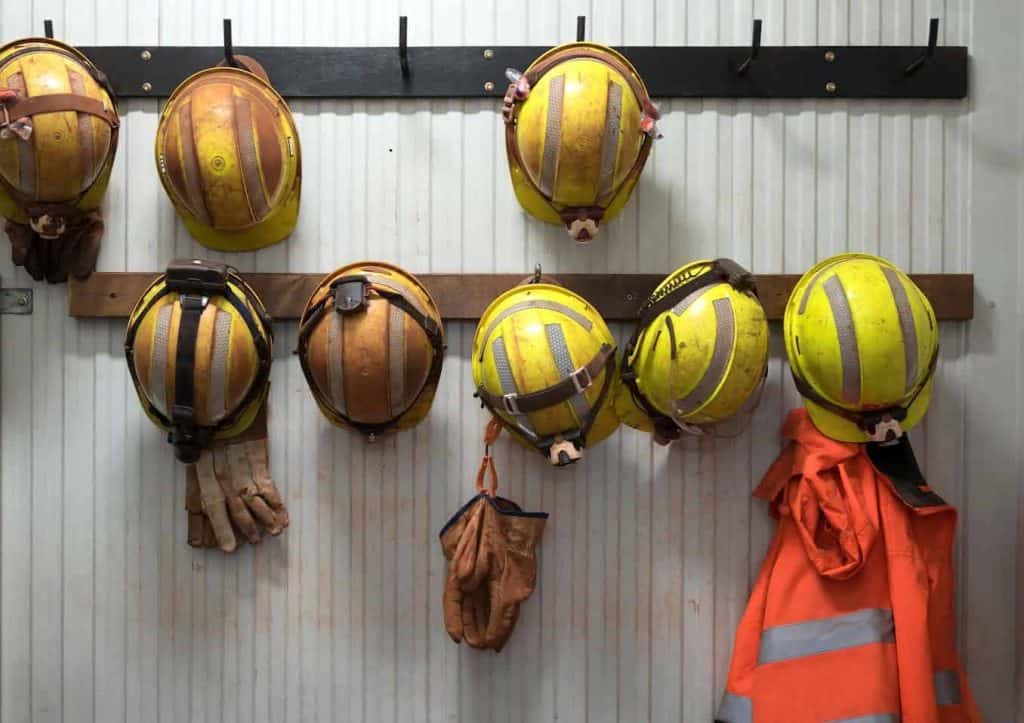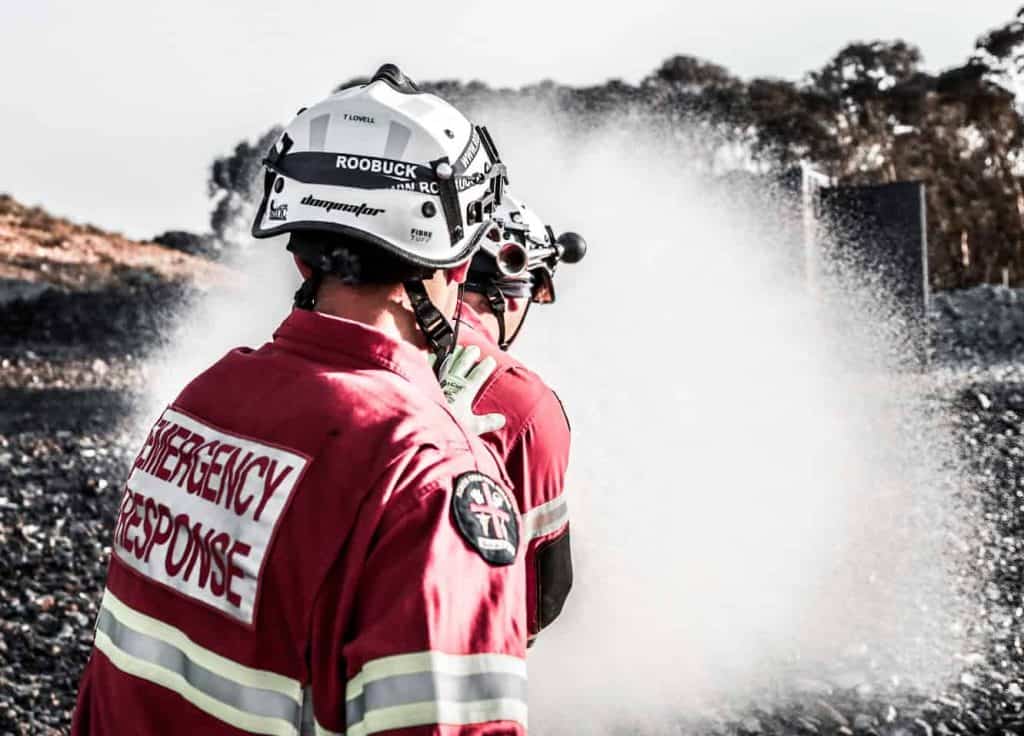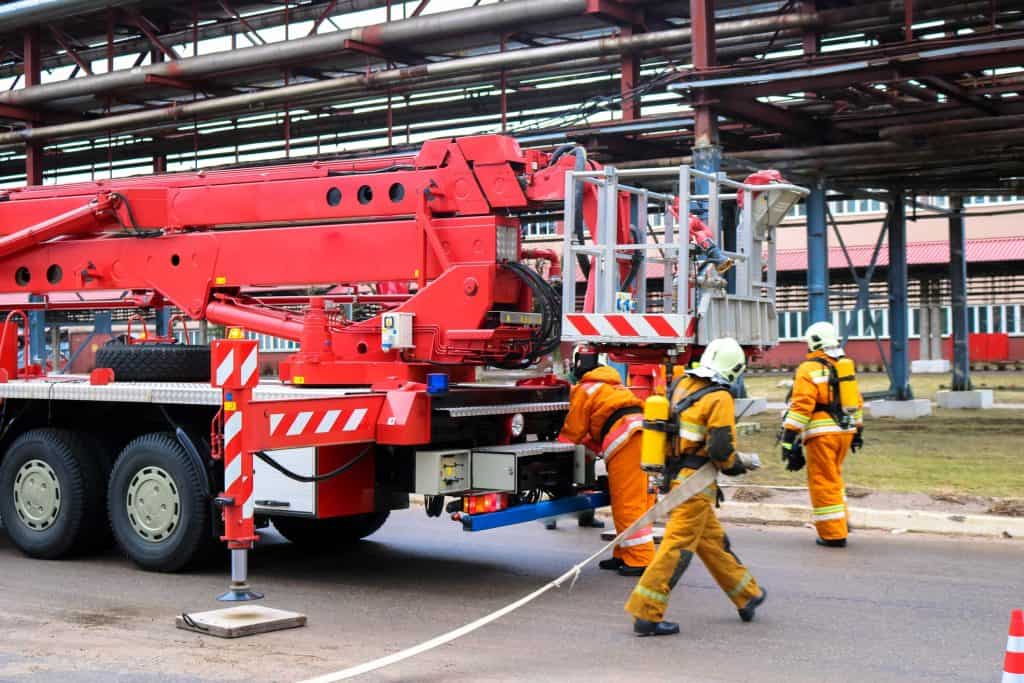| Training Plan |
| Low Voltage Rescue (3) |
| LV RESCUE KALGOORLIE 19.09.25: 19-09-2025 to 19-09-2025 at Kalgoorlie Training Centre, Kalgoorlie, WA |
Apply |
| LV RESCUE KALGOORLIE 16.10.25: 16-10-2025 to 16-10-2025 at Kalgoorlie Training Centre, Kalgoorlie, WA |
Apply |
| LV RESCUE PERTH 30-10-2025: 30-10-2025 to 30-10-2025 at Kalgoorlie Training Centre, Kalgoorlie, WA |
Apply |
| LV RESCUE PERTH 13-11-2025: 13-11-2025 to 13-11-2025 at Kalgoorlie Training Centre, Kalgoorlie, WA |
Apply |
| LV RESCUE KALGOORLIE 19-11-2025: 19-11-2025 to 19-11-2025 at Kalgoorlie Training Centre, Kalgoorlie, WA |
Apply |
| LV RESCUE KALGOORLIE 04-12-2025: 04-12-2025 to 04-12-2025 at Kalgoorlie Training Centre, Kalgoorlie, WA |
Apply |
| LV RESCUE PERTH 05-12-2025: 05-12-2025 to 05-12-2025 at Kalgoorlie Training Centre, Kalgoorlie, WA |
Apply |
| LV RESCUE KALGOORLIE 13-01-2026: 13-01-2026 to 13-01-2026 at Kalgoorlie Training Centre, Kalgoorlie, WA |
Apply |
| LV RESCUE PERTH 23-01-2026: 23-01-2026 to 23-01-2026 at Kalgoorlie Training Centre, Kalgoorlie, WA |
Apply |
| LV RESCUE PERTH 20-02-2026: 20-02-2026 to 20-02-2026 at Kalgoorlie Training Centre, Kalgoorlie, WA |
Apply |
|
| Description |
This course provides participants with the training skills and knowledge to perform rescue procedures from live low voltage (LV) apparatus, not including overhead lines and underground cables, in the work place. It specifies the mandatory requirements of rescue from a live LV panel and how they apply in the context of transmission, distribution and rail work functions. It encompasses responsibilities for health, safety and risk management processes at all operative levels and the adherence to safety practices as part of the normal way of doing work.
|
| Purpose |
The purpose of this course is to provide participants with the necessary skills and knowledge to perform rescue procedures from live low Voltage (LV) apparatus, not including overhead lines and underground cables in the work place. It specifies the mandatory requirements of rescue from a live LV panel and how they apply in the context of transmission, distribution or rail work functions.
|
| Payment Plan |
| Payment |
Amount |
Paid By |
Upfront |
| Course Price: ***Payment is required to secure your booking, please contact our office*** |
$195.00 |
|
Yes |
| Note: All payments are represented in Australian dollars |
|
| Duration |
The course will be conducted over 4 Hours.
|
| Entry Requirements |
Photo ID must be presented on arrival at the training premises.
Language, literacy and numeracy requirements from the unit are:
- Writing is required to the level of completing written assessments.
- Numeracy is required to enable the determination of similar activities.
|
| Qualification Requirements |
Pre-requisite:
HLTAID009 - Provide cardiopulmonary resuscitation
AND ONE OF THE FOLLOWING:
UEECD0007 Apply work health and safety regulations, codes and practices in the workplace (this unit can be delivered in conjunction with the package)
OR
UETDREL006 Work safely in the vicinity of live electrical apparatus as a non-electrical worker
Note: Those holding an existing ESI or Electrotechnology qualification or equivalent meet the prerequisite unit requirements but must provide HLTAID009 - Provide cardiopulmonary resuscitation.
|
| Assessment Requirements |
The course will be based on theoretical sessions, equipment demonstrations and practical exercises.
Participants who are deemed competent will receive a Nationally Recognised Statement of Attainment issued by RIKLAN Emergency Management Services (RTO 51994) under the Australian Qualifications Framework.
|
| Delivery Mode |
Face to face and practical hands-on training conducted by an experienced Emergency Services Trainer/Assessor with strong knowledge of relevant Legislation, Australian Standards and Codes of Practice.
|
| Materials or Equipment Required |
Students must wear long pants, long sleeve shirts and enclosed shoes.
|
| Notes |
If you are a new or continuing student undertaking nationally recognised training, you need a USI in order to receive your qualification or statement of attainment for this unit.
|
| Units of Competence |
| UEECD0007 |
Apply work health and safety regulations, codes and practices in the workplace |
| UETDRMP007 |
Perform rescue from a live low voltage panel |
|






